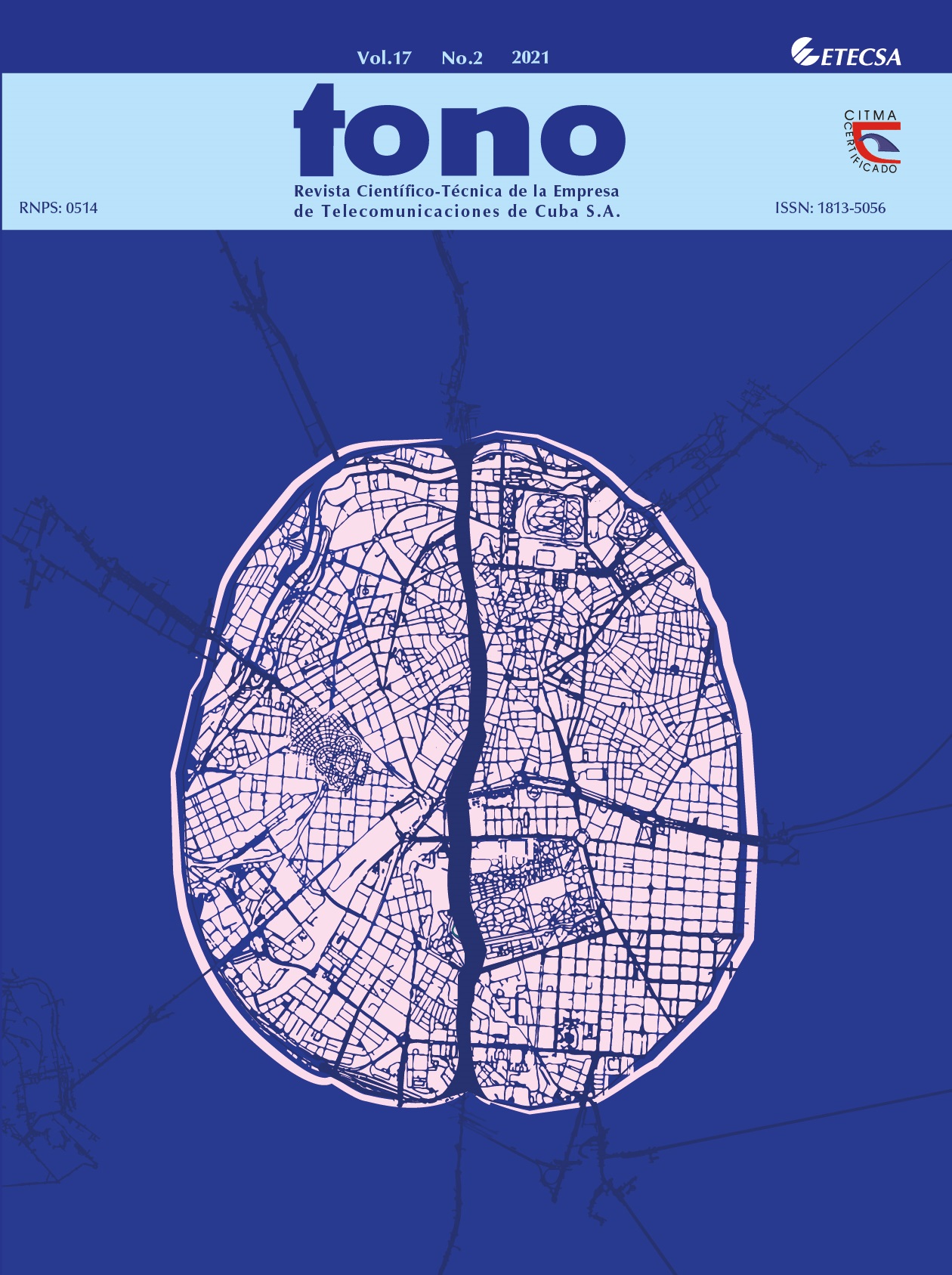E Band Performance as a transmission for 5G networks in Havana, Cuba
Keywords:
Average rainfall, ITU-R model, Microwave, Rain attenuation, 5GAbstract
Rain is an important cause of the deterioration of communications in radio link systems. In the case of the millimeter band or E band, the effect of attenuation due to rain on microwave links in Cuba has so far been little studied. Therefore, this paper is intended to predict the behavior of these links in the specific meteorological conditions in Cuba. This prediction is based on the calculation of the rain attenuation distribution rate obtained by means of data based on ten years of measurement of rain intensity from the Havana Institute of Meteorology (INSMET) Cuba. The precipitation rate for one minute of integration time not exceeding 0.01% of the time, by using the recommendation ITU-R PN.837-1, it appeared that all country’s cities comply with zone N. The ITU-R PN.837-7 model is then applied to estimate and analyze rain attenuation on terrestrial radio links. Attenuation is predicted for 80 GHz frequencies, for distances between one and five kilometers. The results show the modulation values in PATHLOSS in the country’s capital, Havana, being a tool to design and predict the operation of future microwave systems.

